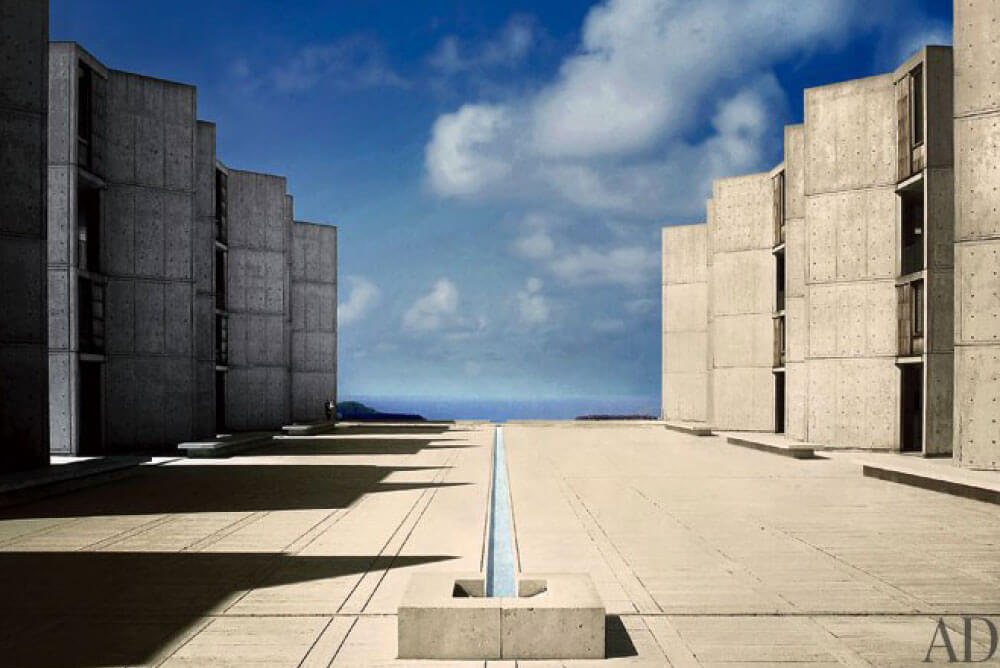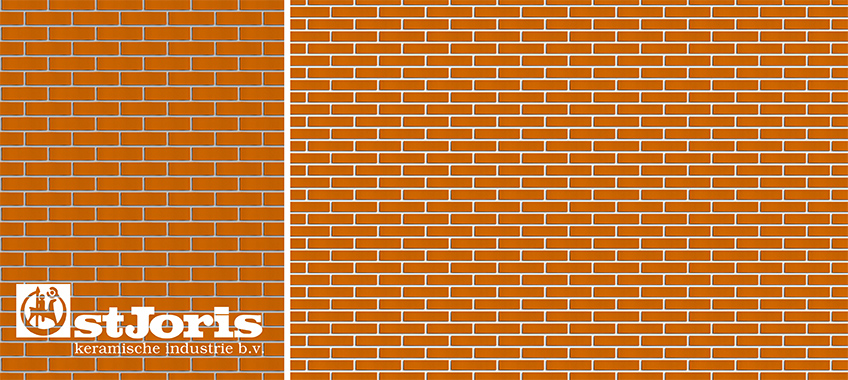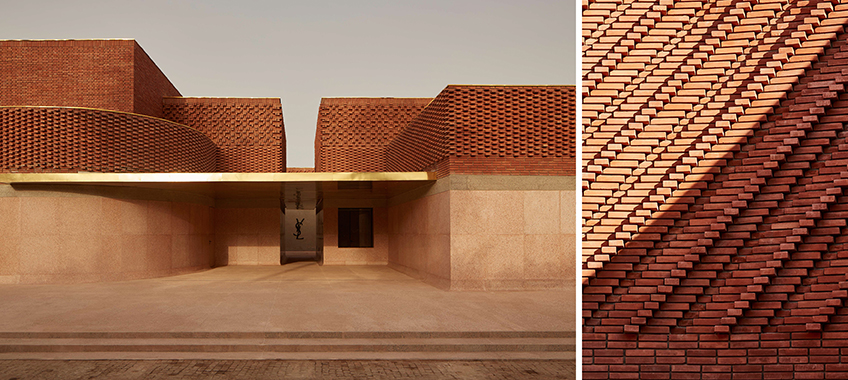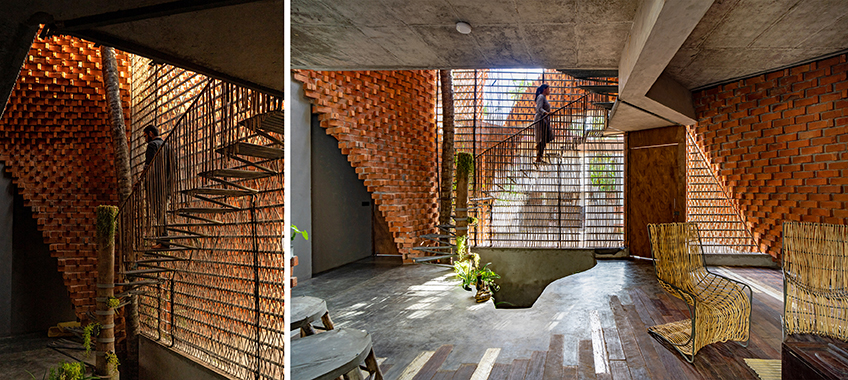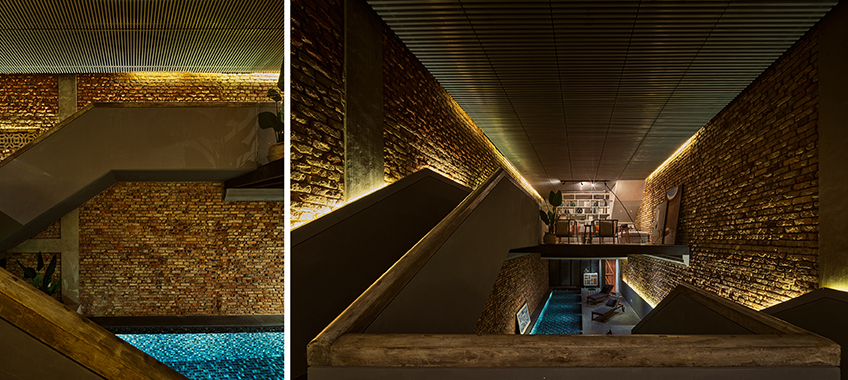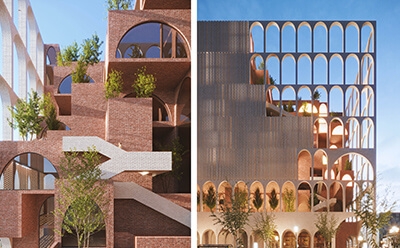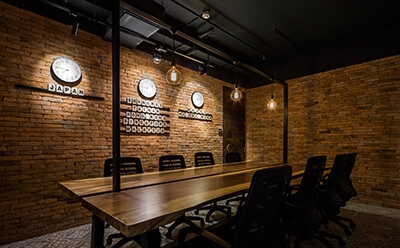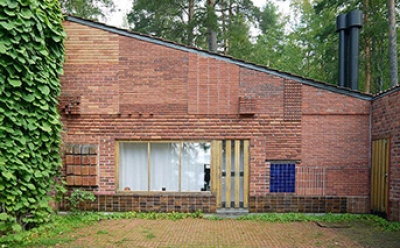Louis I. Kahn
architect
(b. Saarama (Saaremaa), Estonia, February 20, 1901; d. New York, N.Y. 1974)
Louis Kahn was born in Saarama (Saaremaa), Estonia in 1901. His family emigrated to the U.S. in 1905. He graduated from the University of Pennsylvania with a thorough grounding the the Beaux Art school of architecture. During the 1920s and 1930s he worked as a draughtsman and, later, as a head designer for several Philadelphia-based firms.
In 1925-26 Kahn acted as the Chief of Design for the Sesquincettennial Exhibition. During the Depression, he was active in the design of public assisted housing. Beginning in 1935 Kahn worked with a series of partners, but from 1948 until his death in 1974, Kahn worked alone. From 1947 to 1957 he was Design Critic and Professor of Architecture at Yale University, after which he was Dean at the University of Pennsylvania.
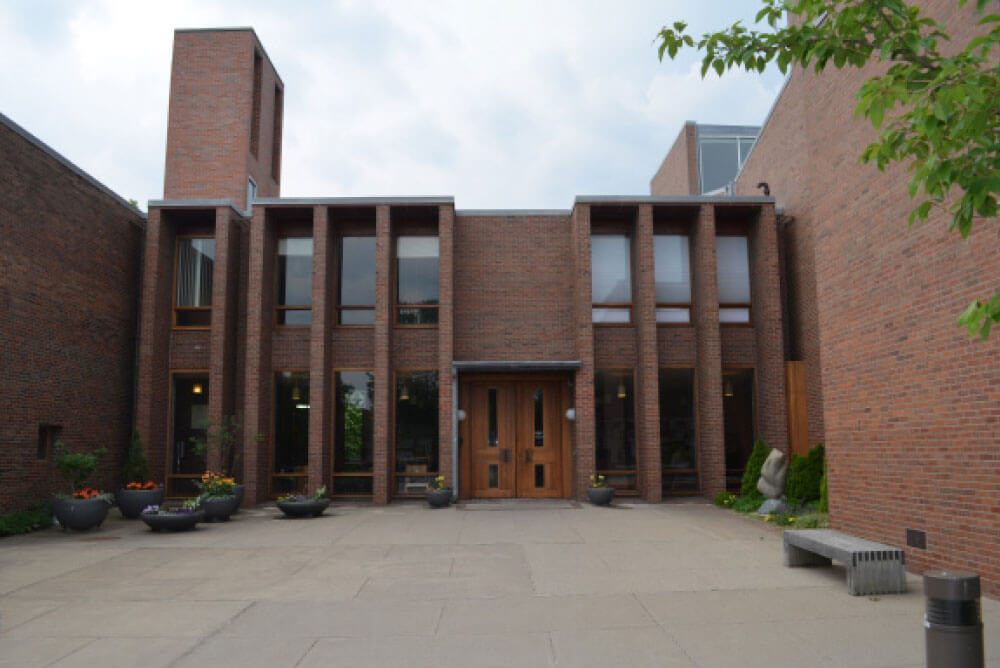
Kahn’s architecture is notable for its simple, platonic forms and compositions. Through the use of brick and poured-in place concrete masonry, he developed a contemporary and monumental architecture that maintained a sympathy for the site.
While rooted in the International Style, Kahn’s architecture was an amalgam of his Beaux Arts education and a personal aesthetic impulse to develop his own architectural forms.
Considered one of the foremost architects of the late twentieth century, Kahn received the AIA Gold Medal in 1971 and the RIBA Gold Medal in 1972. He was elected a member of the American Academy of Arts and Letters in 1971.
